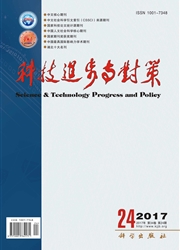

 中文摘要:
中文摘要:
只有建立“节水型社会”才能充分发挥水资源的作用。但是南水北调工程水资源的节约利用却面临“困境”:南水北调工程上游成员考虑到自身利益最大化,不会自发地节水,更不会考虑下游节点成员的利益。因此下游节点成员希望能够有一种契约机制使得上游能自发地节水,并使双方都能得到“好处”,从而实现协同合作。分别建立了南水北调水资源供应链的数量契约模型和联合投资契约模型,将这两者与共同节约契约模型进行比较,得出结论:共同节约契约优于一般的数量契约和联合投资契约,并且当共同节约契约与联合投资契约综合运用时可以达到最优的节水效果。
 英文摘要:
英文摘要:
Only by construction of "Water-Saving Society" can we fully use the value of water.South-to-North Water Transfer project faced one "conflict",that is the members of upriver use water without consideration of the effect on the downriver members, let along water saving for the downriver members.The authors, using theory of supply chain contract,based on the analysis of coordination between the member of different level, set up three contracts models:the basic volume contract, joint investment contract and shared-savings contract. By comparison authors get the conclusion as follows :shared-savings contract plays a better role than others in performances, and the combination of shared-savings contract and joint investment contract in the project of South-to-North Water Transfer can optimize the effect of water-saving.
 同期刊论文项目
同期刊论文项目
 同项目期刊论文
同项目期刊论文
 期刊信息
期刊信息
